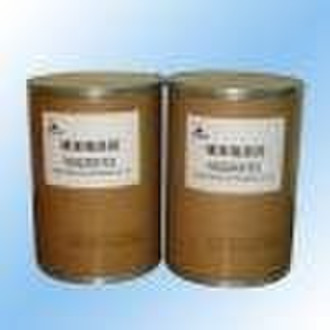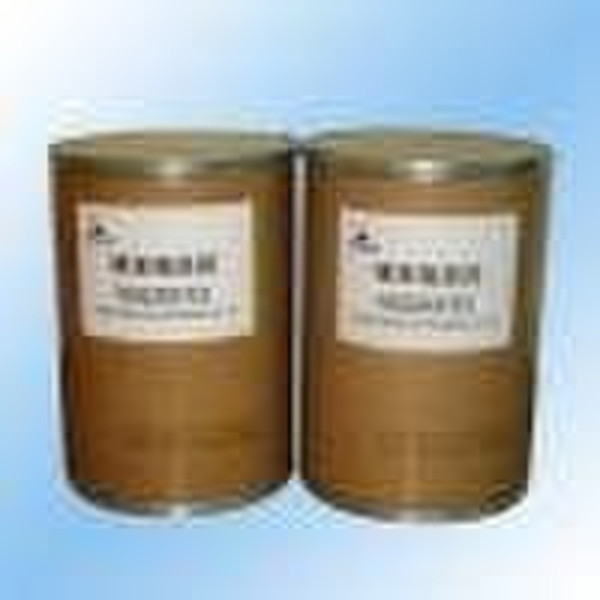Catalog
-
Catalog
- Agriculture
- Apparel
- Automobiles & Motorcycles
- Beauty & Personal Care
- Business Services
- Chemicals
- Construction & Real Estate
- Consumer Electronics
- Electrical Equipment & Supplies
- Electronic Components & Supplies
- Energy
- Environment
- Excess Inventory
- Fashion Accessories
- Food & Beverage
- Furniture
- Gifts & Crafts
- Hardware
- Health & Medical
- Home & Garden
- Home Appliances
- Lights & Lighting
- Luggage, Bags & Cases
- Machinery, Hardware & Tools
- Measurement & Analysis Instruments
- Mechanical Parts & Fabrication Services
- Minerals & Metallurgy
- Office & School Supplies
- Packaging & Printing
- Rubber & Plastics
- Security & Protection
- Service Equipment
- Shoes & Accessories
- Sports & Entertainment
- Telecommunications
- Textiles & Leather Products
- Timepieces, Jewelry, Eyewear
- Tools
- Toys & Hobbies
- Transportation
Filters
Search
Prochloraz 25%EC

Dangxiao Hao
Contact person
Basic Information
| Classification | Fungicide |
|---|---|
| Place of Origin | China (Mainland) |
Prochloraz 25%ECCommon nameProchloraz Synonymy: Mirage, Sportak Advantages: Prominent control and cure of multifarious nosomycosis Active resistance to seed-borne and soil-borne diseases Broad-spectrum to various diseases Predominant control of rice bakanae, the cure effectiveness reaches to 83.87% 100%. Far-ranging curability on disease as mango anthracnose; orange penicilliosis, green mold, anthracnose, blossom-end rot; banana anthracnose, and crown rot Extensive application for both plants diseases resisting and fruits fresh keeping Extremely Low toxicity Application description: Orange diseases prevention & control Fresh keeping and diseases resisting (orange penicilliosis, green mold, anthracnose, blossom-end rot diseases). Prochloraz25% E.C. in 500 1000 times water or (100 200ml prochloraz25% E.C. (active ingredient concentration at 250 500ml/L) in 100L water). Dry the fruit after 1 minute immerging in liquor with normal temperature. Rice bakanae prevention & control Applying time: before or after Rice tassel or flowering, 400 600mL Prochloraz 25% E.C. per Ha. 1 2 sprayings for preventing rotten neck diseases (7days interval) according to the disease condition. Efficiency can reach to 78% 88.5% when spraying mixed with monopotassium phosphate, and helminthosporium blight diseases are also well prevented. Mango anthracnose preventing & fresh keeping Mango anthracnose preventing: 500 1000times prochloraz 25% E.C. liquor or 100 200mL prochloraz 25% E.C. with 100L water, spraying between buding and autumn before harvest Fresh keeping: 250 500times prochloraz 25% E.C. liquor or 200 400mL prochloraz 25% E.C. with 100L water, Dry the fruit after 1 minute Immerging in liquor with normal temperature, immerging disposal of intraday picking should be done within a day. Wheat gibberellic disease preventing 795 1000.5mL prochloraz 25% E.C. (active ingredient 198.75 250.5g) per Ha for spraying at Wheats tasselling and flower stage, Prominent benefit when spraying combined with foliage for counteracting wheat gibberellic disease and synchronously good effect on fringe foul foot and leaf blight diseases Beet tan disease preventing. Applying the spraying when beet speckle primitively occurs, 1200mL prochloraz 25% E.C. (active ingredient 300g) with 375L water per Ha, 2 3times applications, application interval- 10days. 500 1000times prochloraz 25% E.C. liquor for seed immerging before seeding stage 2250mL (active ingredient 300g) per Ha for spraying at Earthnut enlarging stage, once only, it can help increasing the production Peanut tan disease preventing Applying the spraying when peanut speckle primitively occurs, 300g E.C. (active ingredient 75g) prochloraz 25% EC per Ha, the second time spraying should be applyed after 7 10days interval, the preventing effectiveness reach to 95% Other applications: Water bamboo helminthosporium blight preventing: applying 1000times liquor at initial stage of disease, the second time applying after 15days interval Rape sclerotinia preventing: 2000times liquor for spraying at flowering stage Effectiveness enganced when applying mixed with tricyclazole, validity period be prolonged, enhancing the capacity for enteral absorption and erosion resistance Mixing with sanmate for preventing the mango anthracnose, mixture proportion 1:1 physicochemical property Dulcet, golden brown solid, low melting point, no crystalline substance, Melting point46.5 49.3 (>99% purity quotient) Boiling point 208∼210/26.66Pa( low-grade decomposing) Vapor tension0.48mPa at 20 Solubility at 25,34mg/litre in water, >600g/litre in acet, >600g/litre in ethanol, >600g/litre in xylene, 7.5g/litre in hexane. Stable in pH7,20 water, dissolvable in dense acid and alkali medium, dissolvable under light and high temperature. Toxicity: Chinese toxicity: low toxicity The acute oral LD50:1600mg/kg The acute dermal: >3000mg/kg Irritation only on eyes and skin, low oral toxicity Emergency: emetic and gastric lavage should be first aid when mistaken occurs Daily intake: 0-0.01mg/kg b.w.
Delivery terms and packaging
Packaging Detail: 25liters iron drum, 200liters dhpe drum Delivery Detail: immediately
Payment term
Documents Against Payment
Letter of credit
Telegraphic transfer
Western Union
-
Payment Methods
We accept:









